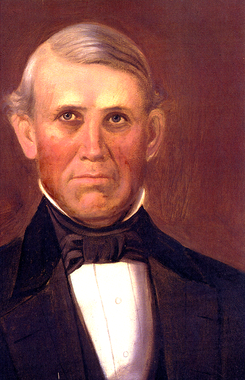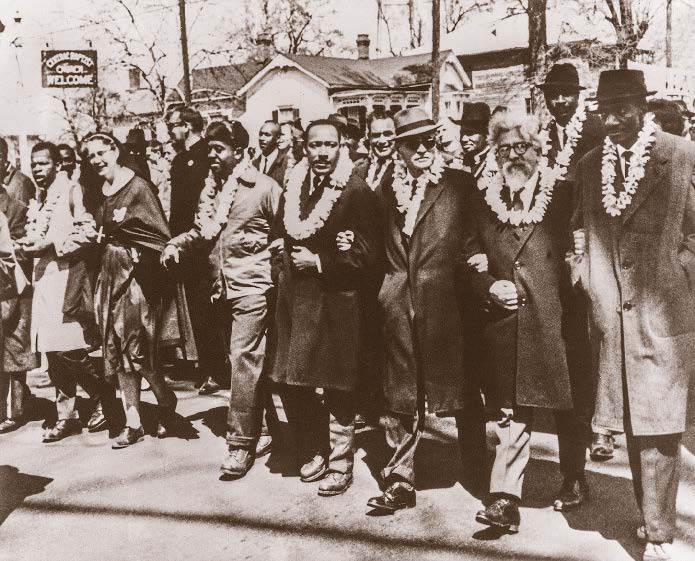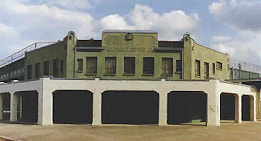 The Huntsville-Madison County Public Library Archives has an extensive collection of materials relating to Dr. Fearn, including this portrait, his medical journal, and his medical books. [Huntsville-Madison County Public Library Archives]
The Huntsville-Madison County Public Library Archives has an extensive collection of materials relating to Dr. Fearn, including this portrait, his medical journal, and his medical books. [Huntsville-Madison County Public Library Archives] “Where are we drifting?” asked Thomas Fearn on the eve of the Civil War, “and at what point shall we land? God grant that it may end as well with us, as with the great many too.” Fearn was not an overly religious man, but he had reasons for invoking this small prayer. The Huntsville resident was seventy-two years old and not in good health; his career as a medical doctor had long passed, so too had his work as a cotton merchant, public works champion, and institution builder. What was left—his family, his farms, and his slaves— would soon be under siege from advancing Union forces.


 RSS Feed
RSS Feed